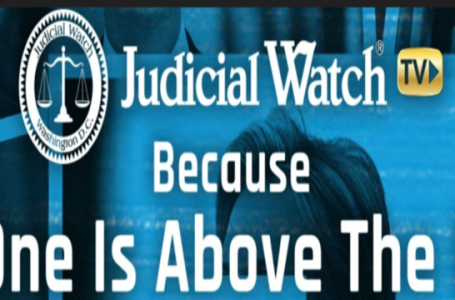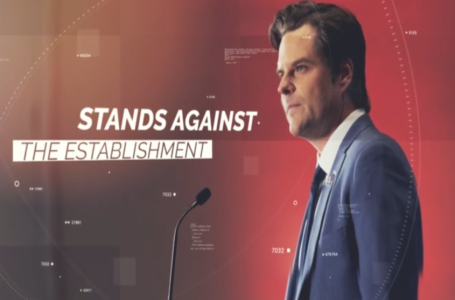Twitter Files 3, Pt. 1: Removing Donald Trump from Twitter

Home of News, Politics & Opinion
Twitter Files 3, released by Matt Taibbi, reveals what led to the removal of then-President Donald Trump from October 2020 to January 6. A few leftist Twitter executives had the power to swing the election.
Taibbi promises to go beyond what we already know about January 6 and DJT’s Twitter banning.
MATT TAIBBI REPORT
We’ll show you what hasn’t been revealed: the erosion of standards within the company in months before J6, decisions by high-ranking executives to violate their own policies, and more, against the backdrop of ongoing, documented interaction with federal agencies.
This first installment covers the period before the election through January 6th. Tomorrow, @Shellenbergermd will detail the chaos inside Twitter on January 7th. On Sunday, @BariWeiss will reveal the secret internal communications from the key date of January 8th.
Whatever your opinion on the decision to remove Trump that day, the internal communications at Twitter between January 6th-January 8th have clear historical import. Even Twitter’s employees understood in the moment it was a landmark moment in the annals of speech.

As soon as they finished banning Trump, Twitter execs started processing new power. They prepared to ban future presidents and White Houses – perhaps even Joe Biden. The “new administration,” says one exec, “will not be suspended by Twitter unless absolutely necessary.”

Twitter executives removed Trump in part over what one executive called the “context surrounding”: actions by Trump and supporters “over the course of the election and frankly last 4+ years.” In the end, they looked at a broad picture. But that approach can cut both ways.

The bulk of the internal debate leading to Trump’s ban took place in those three January days. However, the intellectual framework was laid in the months preceding the Capitol riots.
Before J6, Twitter was a unique mix of automated, rules-based enforcement, and more subjective moderation by senior executives. As @BariWeiss reported, the firm had a vast array of tools for manipulating visibility, most all of which were thrown at Trump (and others) pre-J6.
As the election approached, senior executives – perhaps under pressure from federal agencies, with whom they met more as time progressed – increasingly struggled with rules, and began to speak of “vios” as pretexts to do what they’d likely have done anyway.
After J6, internal Slacks show Twitter executives getting a kick out of intensified relationships with federal agencies. Here’s Trust and Safety head Yoel Roth, lamenting a lack of “generic enough” calendar descriptions to concealing his “very interesting” meeting partners.

These initial reports are based on searches for docs linked to prominent executives, whose names are already public. They include Roth, former trust and policy chief Vijaya Gadde, and recently plank-walked Deputy General Counsel (and former top FBI lawyer) Jim Baker.
One particular slack channel offers an unique window into the evolving thinking of top officials in late 2020 and early 2021.
As the election approached, senior executives – perhaps under pressure from federal agencies, with whom they met more as time progressed – increasingly struggled with rules, and began to speak of “vios” as pretexts to do what they’d likely have done anyway.
After J6, internal Slacks show Twitter executives getting a kick out of intensified relationships with federal agencies. Here’s Trust and Safety head Yoel Roth, lamenting a lack of “generic enough” calendar descriptions to concealing his “very interesting” meeting partners.

These initial reports are based on searches for docs linked to prominent executives, whose names are already public. They include Roth, former trust and policy chief Vijaya Gadde, and recently plank-walked Deputy General Counsel (and former top FBI lawyer) Jim Baker.
One particular slack channel offers an unique window into the evolving thinking of top officials in late 2020 and early 2021.
There was at least some tension between Safety Operations – a larger department whose staffers used a more rules-based process for addressing issues like porn, scams, and threats – and a smaller, more powerful cadre of senior policy execs like Roth and Gadde.
On October 8th, 2020, executives opened a channel called “us2020_xfn_enforcement.” Through J6, this would be home for discussions about election-related removals, especially ones that involved “high-profile” accounts (often called “VITs” or “Very Important Tweeters”).

There was at least some tension between Safety Operations – a larger department whose staffers used a more rules-based process for addressing issues like porn, scams, and threats – and a smaller, more powerful cadre of senior policy execs like Roth and Gadde.
TO BE CONTINUED…















